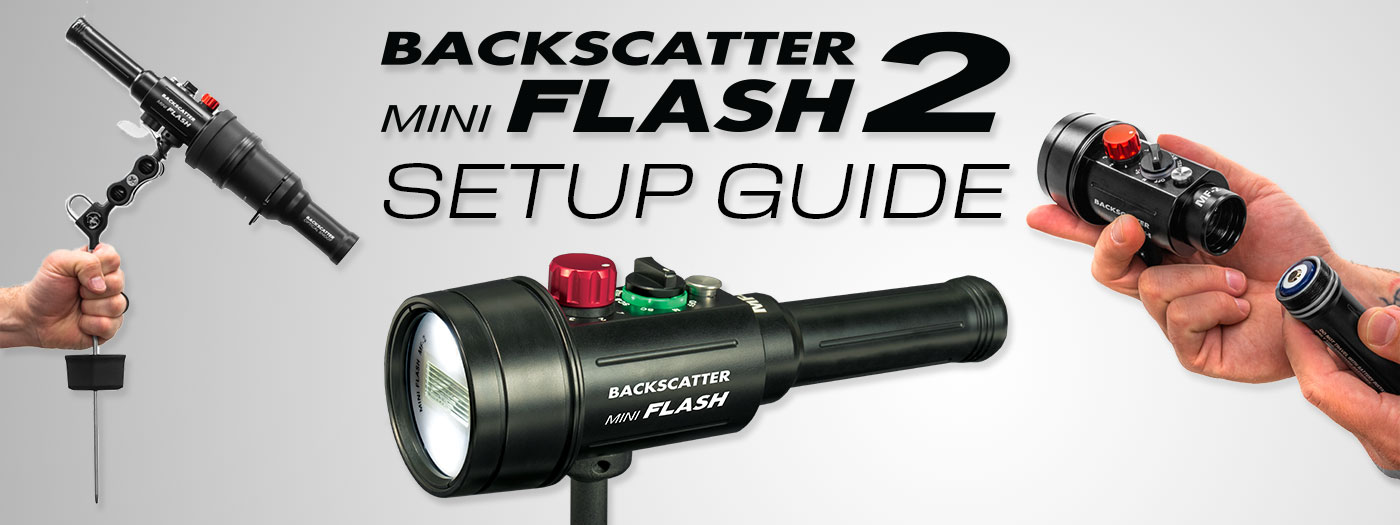
This how-to guide will give you the highlights of the instruction manual in video format.
If you’re new to the Mini Flash 2, be sure to check out our comprehensive article on the features of this little powerhouse.
Welcome to ScubaBoard, the world's largest scuba diving community. Registration is not required to read the forums, but we encourage you to join. Joining has its benefits and enables you to participate in the discussions.
Benefits of registering include

Is the snoot a must-have? I like the concept of it but man is it gigantic.
With proper technique and lighting angles you very well make a dark background even without a snoot. Yes, most photos are edited but it does not necessarily need to be edited to delete the background of does other mistakes made in the original composition.The flash itself is very compact. I don't recall seeing anything smaller. But it is almost strictly macro. Other flashes are macro and wide and will naturally be larger.
By default, the snoot is in my dive pocket. I only pull it out (the snoot) when I need it.
If you want to isolate something small or take artistic shots, then yes.
See sample photographs from back scatter.
But keep in mind that these sample snooted photographs have been edited - essentially darken the background. Nothing wrong with that, just pointing out it because a lot of non photographers think these published photographs are straight out the camera.
Regardless of editing, a snoot is a tool.
Depends on what you want to accomplish.
View attachment 798035View attachment 798036View attachment 798037View attachment 798038
The Retra and Marelux snoots are huge. Not so the Backscatter setup.this snoot isn't, and snoot and strobe is super compact
With proper technique and lighting angles you very well make a dark background even without a snoot. Yes, most photos are edited but it does not necessarily need to be edited to delete the background of does other mistakes made in the original composition.
Okay, here is one from two weeks ago.Would love to see samples of what you're talking about.
With proper technique and lighting angles you very well make a dark background even without a snoot. Yes, most photos are edited but it does not necessarily need to be edited to delete the background of does other mistakes made in the original composition.
Okay, here is one i shot before i owned a snoot. Two inon 330s. One positioned behind and to the right pointed toward the lens at low power. Primary strobe to the left pointed inward, maybe 1/3 power.That's a great photograph.
I meant samples of what you were saying here.
Snootless dark background.
